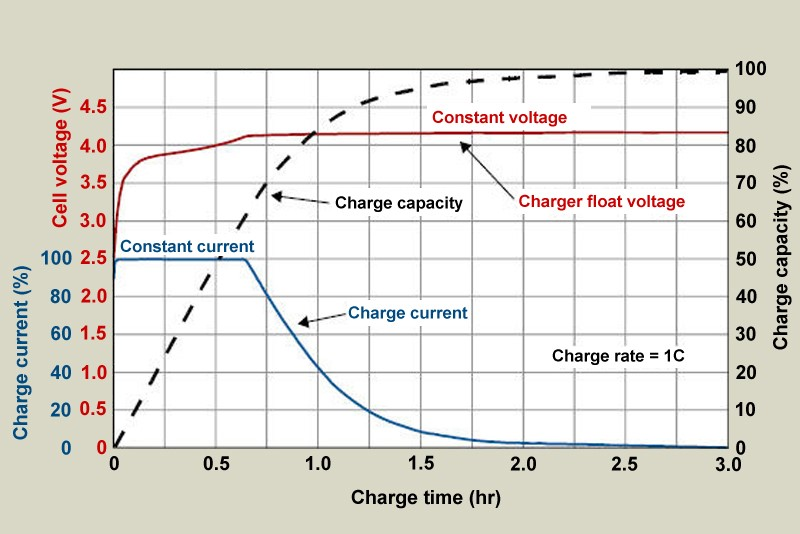When looking for some MPPT solutions for a solar car, one of the things I have considered were these wonderful small "Solar Optimizer" modules provided by SolarEdge. However, they are clearly intended to be connected to their SolarEdge household inverter, which is different from our application (to connect the MPPT's directly to a battery pack)
Is anyone aware how the SolarEdge power optimizer system works? Is there some sort of AC data signal superimposed on the power rail for digital communication the power rail feeding the inverter? Or are these individual "power optimizer" modules simply dependent current sources which provide a constant-power output (current output drops as the output bus voltage increases) which feed a line of undefined voltage? (That is to say, the bus voltage will be defined by the inverter, which draws the current necessary to effectively shunt-regulate the bus voltage)
If it is the latter, and the solar optimizers can support an acceptable range of output bus voltages (from 96 V to 135 V for a 32S lithium battery pack) then I would imagine it would be possible to simply connect the optimizer directly to the battery pack. However these are big ifs, and I am not certain on exactly how their system works. Does anyone have insight on this or if there is some flaw in my reasoning?
With more research and watching the promo videos on how to install their system, it appears these MPPTs will not be suitable since they output a relatively low voltage with low output impedance, and are designed to be strung together in series.
Given that they only provide 1V until connected to the proprietary inverter, I would guess there must be some sort of AC signal superimposed on the DC connections as I feared. Either that or perhaps once they detect some load they then begin providing a higher fixed DC voltage. If anyone has a suggestion on another unit, that would be great.

